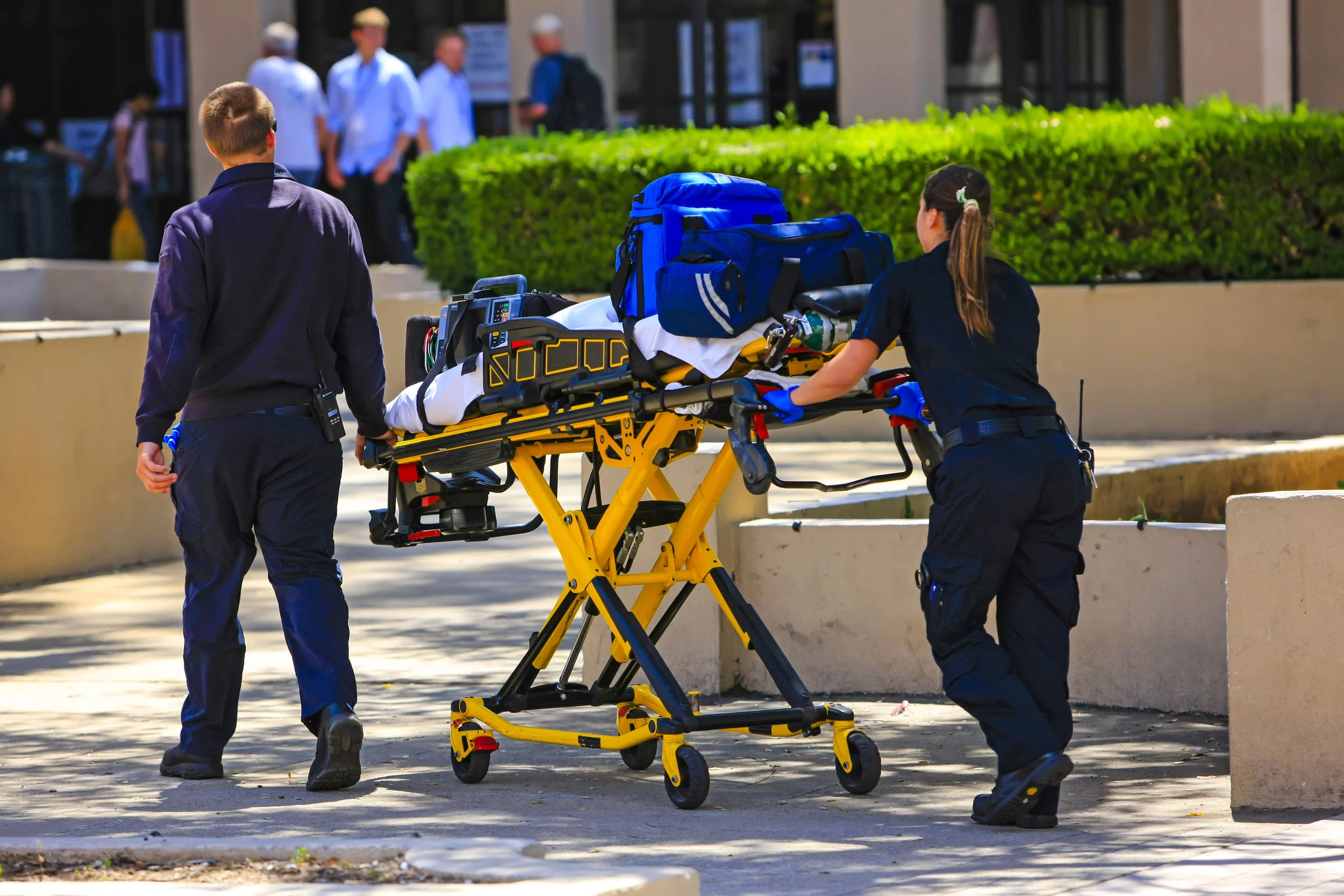After patrolling the streets and training police officers for The City of Oklahoma City for over 15 years, I found myself assigned to The Office of Emergency Management. My first task was to assist in the development of an Emergency Operations Plan (EOP). I dusted off the Civil Defense Plan from the 1960’s and 70’s. The old plan was of little to no help to me at all. The Emergency Manager and I contacted FEMA and turned to the Federal plan for guidance. This was my first encounter with Emergency Support Functions (ESFs). In developing the city’s new EOP, it was crucial to not only identify which functions applied to us, but to also identify the appropriate departments and agencies that would provide the essentials of those functions. I would also need to seek out who would be coordinating that function.
The ESFs provide the structure for coordinating interagency support and they group functions most frequently utilized during disasters and other catastrophic incidents. The ESFs are designed to coordinate closely with one another to accomplish their missions. An essential step in my personal process was to meet each ESF coordinator. I visited with department and agency heads, face-to-face, and together we evaluated their resources, developed a draft ESF, and met again to review our work. I did not rely solely on the obvious. I asked each coordinator what else they could do. What tasks could they perform? What were their capabilities? During these interactions, I was able to put a face to a name and develop a good working relationship with each coordinator. I refused to have my first meeting with these people during a disaster response or event call-out.
Within the OMAG membership, our cities and towns may be the size that we know everyone that works for our municipality. What we may not know is what resources we each have to offer. Which functions can we support and which functions will we need to turn to the community or outside agencies to fill? A municipality may need to turn to Ham Radio Operators to assist with emergency communications or a local restaurant owner to help with providing meals for disaster victims and workers. These relationships need to be developed NOW!
Get out and about. Have coffee or sweet tea with Department Heads. Exchange ideas. Put a plan in place. Practice that plan. Your response will be more effective and less hectic.
To learn more about the development of your Emergency Operations Plan and ESFs, search many quality resources at fema.gov.


